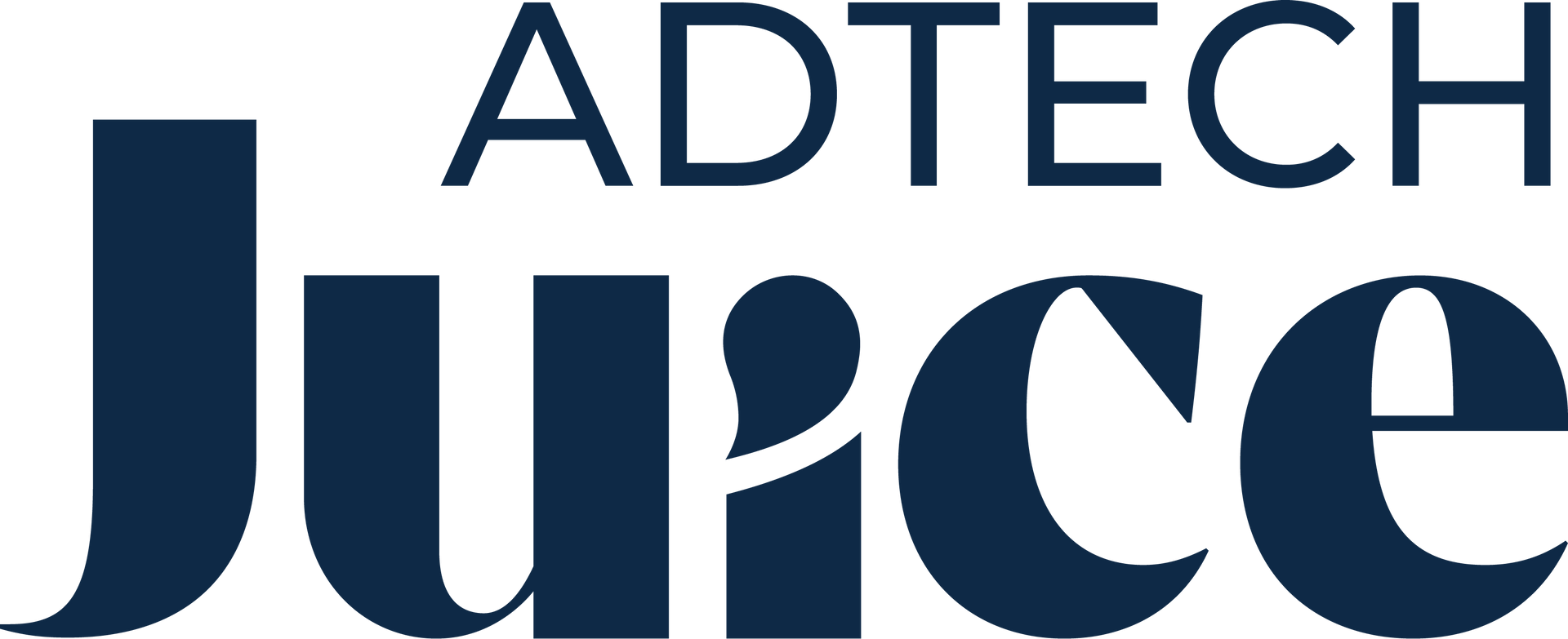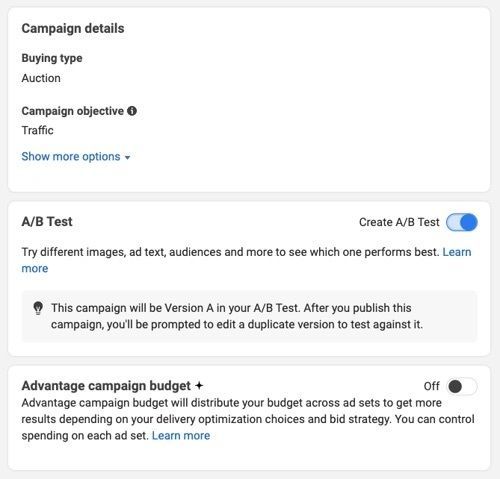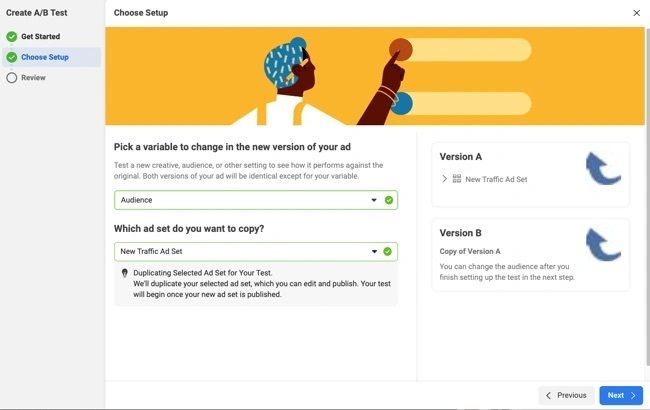Adtech tool hacks: hidden features you’re probably not using (but should be)
Most of us spend hours inside adtech platforms every week, but how often do we really use all the features they offer?
Buried behind dashboards and drop-downs are features that can save time, stretch budgets, and uncover smarter targeting opportunities.
We dug into the lesser-known side of the tools you already use, from GA4 to Meta Ads Manager, to surface a few power moves the pros rely on. (Want to know more about terms in this article? Check out our
Adtech Glossary.)
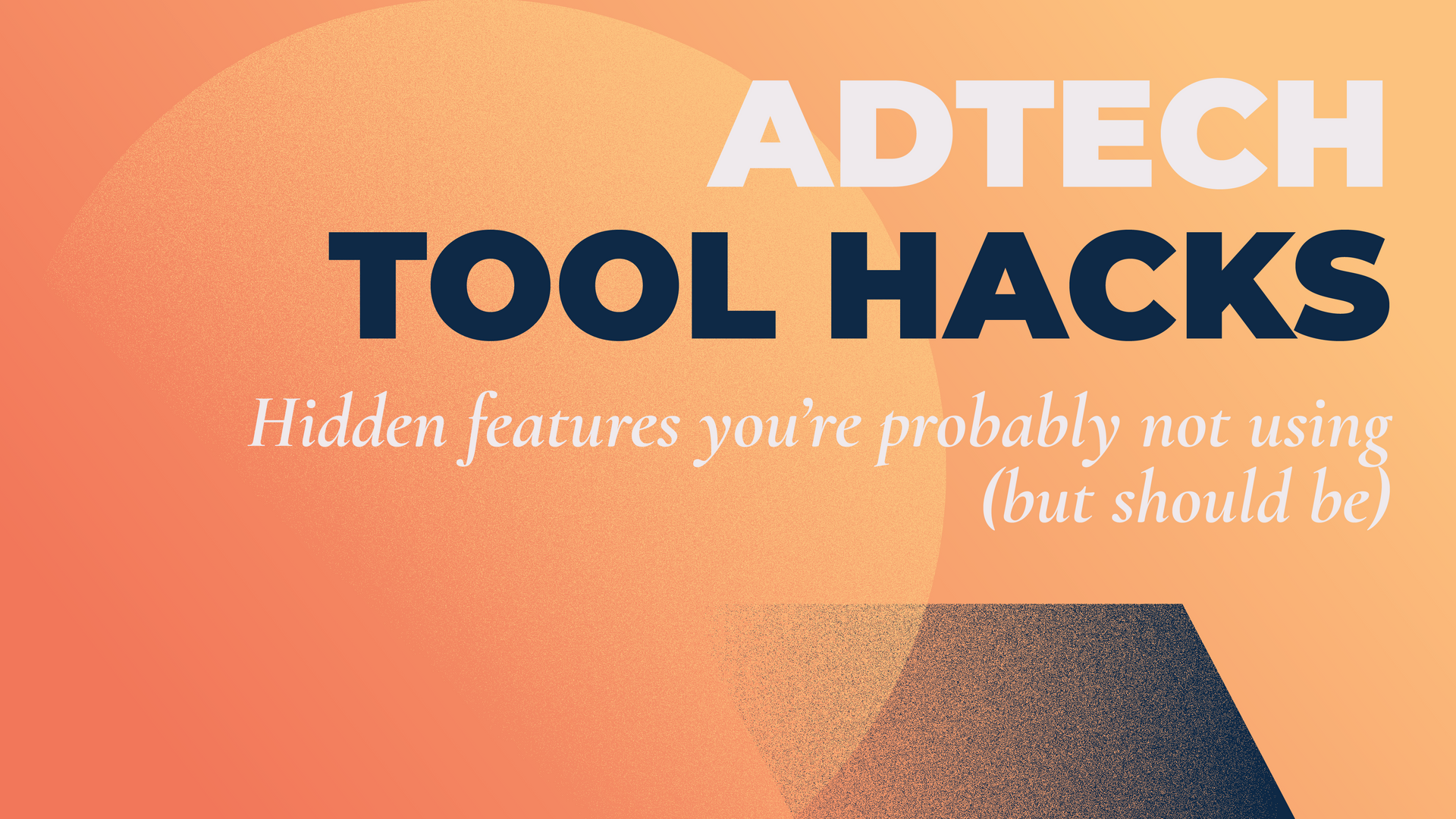
1. Google DV360 - custom affinity segments
What it does:
Custom Affinity audiences let you build hyper-specific interest segments using URLs, apps, or search data, instead of relying only on Google’s pre-baked affinity groups.
Why it matters:
This gives you finer control over who sees your ads. You can mix signals (say, URLs and apps) to reach very specific intent clusters like “users who browse sneaker blogs and run-tracking apps”.
Hack it:
Use your own first-party data (e.g. converters or high-value site visitors) as
signals rather than fixed targets. With Optimised Targeting, DV360 treats those audiences as “hints” to find new users who behave similarly.
Watch out for:
Once a Custom Affinity segment is created, it can’t be edited, so plan your inputs carefully.

2. Meta Ads Manager - A/B test tool
What it does:
Meta’s
Experiments interface lets you run clean A/B tests without messy overlap between audiences.
Why it matters:
Manual campaign duplication often leads to the same person seeing both versions of an ad, contaminating results. Meta’s built-in A/B tool avoids that.
Hack it:
Run tests on one variable at a time, creative, placement, or audience, and set a minimum seven-day test window to let delivery stabilise. For smaller audiences, this can make or break statistical validity.
Pro tip:
After the test, manually duplicate the winning variant into a new live campaign. Meta’s tool stops test variants once the experiment ends.
3. LinkedIn Campaign Manager - Matched Audiences
What it does:
Upload your contact lists, website visitors, or company names to create Matched Audiences, then layer on LinkedIn’s job and industry filters for precision B2B targeting.
Why it matters:
Titles and seniority filters alone can be blunt. Matched Audiences help sharpen reach and power account-based marketing (ABM) strategies that go after decision-makers, not just demographics.
Hack it:
Use exclusion lists to avoid showing ads to people who’ve already converted, and clean your data to improve match rates. You can also build lookalike audiences from your matched lists to scale efficiently.
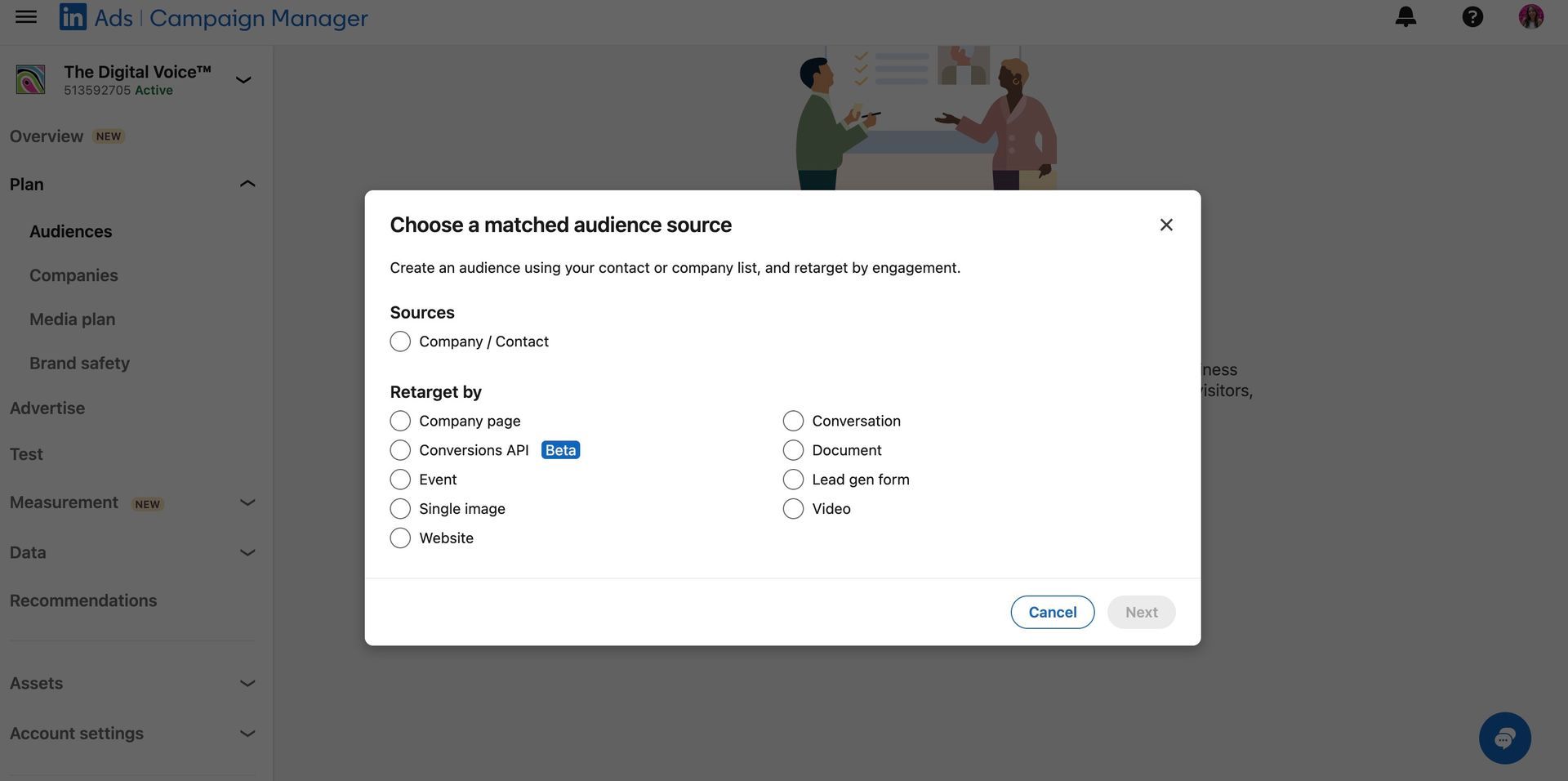
4. The Trade Desk – Koa AI recommendations
What it does:
Inside The Trade Desk’s Kokai platform, Koa AI provides real-time recommendations, suggesting bid multipliers, pacing adjustments, and audience expansions.
Why it matters:
Rather than manually tweaking bids or budgets, Koa evaluates campaign data across thousands of dimensions to optimise spend.
Hack it:
Start small. Let AI handle one lever, like pacing, before handing over full control. Feed it strong value signals (e.g. conversion data) so it learns what success looks like for your business.
Watch out for:
If your input data is weak, Koa can over-optimise for short-term wins (low CPMs, high CTRs) at the expense of volume.
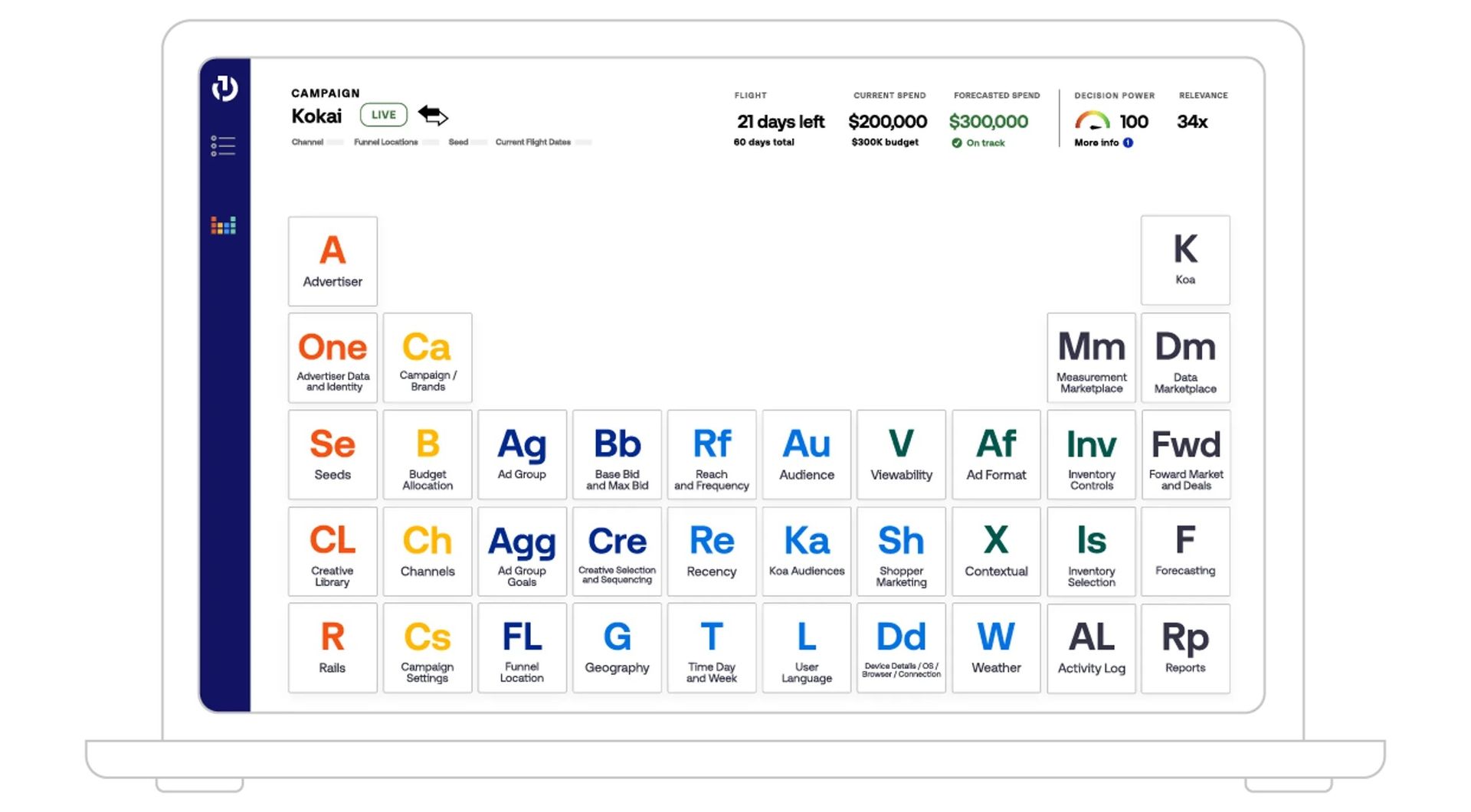
5. Google Analytics 4 - exploration reports
What it does:
GA4’s Explorations feature gives you custom funnel, pathing, and segmentation tools beyond the default dashboard.
Why it matters:
It’s a sandbox for deep dives. You can visualise user paths, identify drop-off points, or build funnels around micro-events like scrolls, clicks, or add-to-cart actions.
Hack it:
Use the Segment Overlap report to see how different audiences intersect (e.g. email subscribers who also purchase via mobile). Combine it with Path Analysis to map exactly where conversions leak.
Pro tip:
Chain multiple explorations. Start with Path, then drill down into Funnels or Cohorts for richer behavioural insight.

The big picture
Adtech evolves fast, but most campaigns still run on autopilot; the same audience templates, the same bidding strategies, the same “safe” reports.
The real edge often hides in these advanced features:
Filters most people scroll past- AI recommendations that sit idle
- Testing methods nobody has time to try
In short: you’re only as strong as the tools you know how to use.
